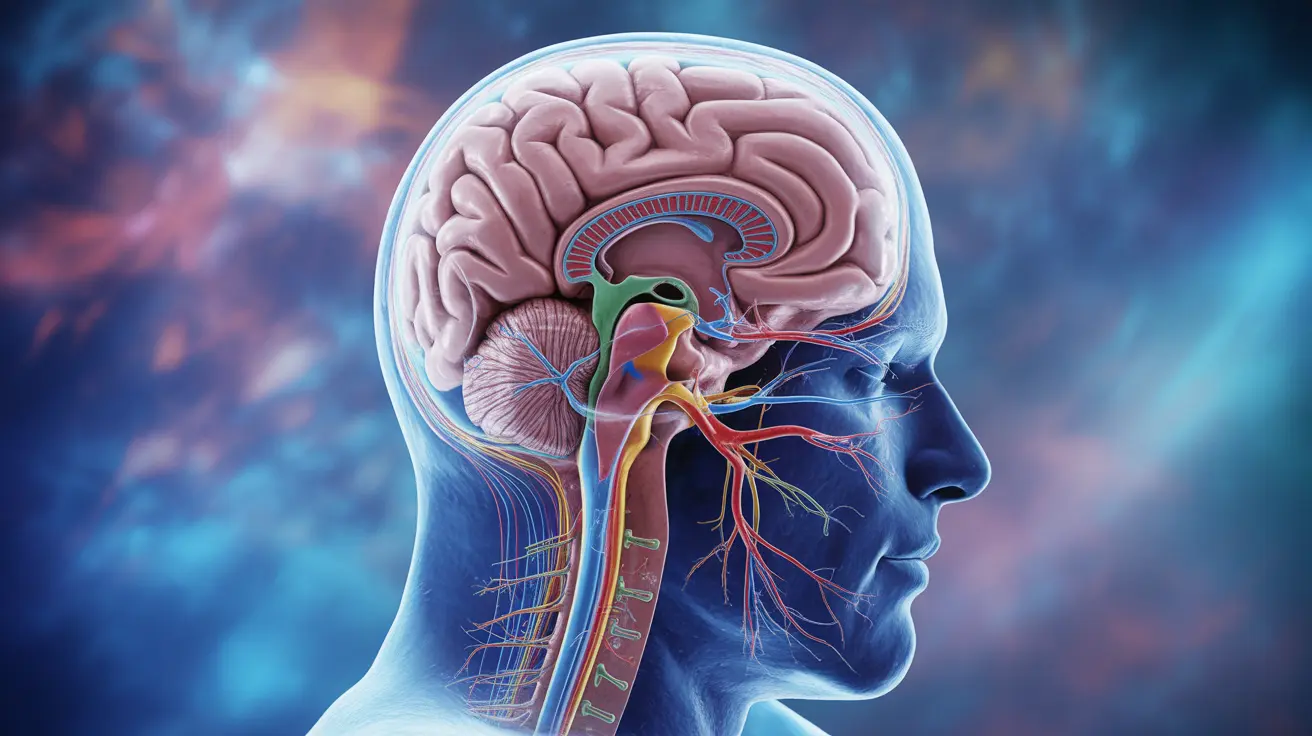When experiencing vertigo, many people notice unusual eye movements that can intensify their feelings of dizziness and disorientation. This relationship between vertigo and eye movements is not just coincidental – it represents a complex interaction between our visual system, inner ear balance mechanisms, and brain processing centers.
Understanding how vertigo and eye movements are connected can help both patients and healthcare providers better diagnose and treat these challenging symptoms. Let's explore the intricate relationship between these two phenomena and discover available treatment options.
The Connection Between Vertigo and Eye Movements
Vertigo and abnormal eye movements are closely linked through the vestibular system, which controls our sense of balance and spatial orientation. When this system malfunctions, it can trigger both dizziness and involuntary eye movements known as nystagmus.
The vestibular system constantly communicates with our eyes through a network of neural connections called the vestibulo-ocular reflex (VOR). This reflex helps maintain stable vision during head movements by automatically adjusting eye position.
Types of Eye Movements Associated with Vertigo
Nystagmus
Nystagmus is characterized by rapid, involuntary eye movements that can occur in different directions. These movements typically include a slow drift in one direction followed by a quick correction in the opposite direction.
Oscillopsia
Some vertigo patients experience oscillopsia, where stationary objects appear to bounce or move due to unstable eye movements. This symptom can significantly impact daily activities and quality of life.
Common Causes of Vertigo-Related Eye Movements
Several conditions can trigger both vertigo and associated eye movements:
- Benign Paroxysmal Positional Vertigo (BPPV)
- Vestibular neuritis or labyrinthitis
- Meniere's disease
- Migraine-associated vertigo
- Central nervous system disorders
Diagnostic Approaches
Healthcare providers often examine eye movements to help diagnose the specific type and cause of vertigo. This may include:
- Dix-Hallpike test
- Video nystagmography (VNG)
- Computerized dynamic posturography
- Oculomotor examination
Treatment Options
Medical Interventions
Treatment approaches vary depending on the underlying cause but may include:
- Vestibular suppressant medications
- Anti-nausea medications
- Migraine prevention medications
- Specialized physical therapy
Vestibular Rehabilitation
Many patients benefit from vestibular rehabilitation therapy, which includes specific exercises to:
- Improve gaze stability
- Enhance balance
- Reduce dizziness
- Strengthen visual-vestibular coordination
Frequently Asked Questions
What causes vertigo-related involuntary eye movements (nystagmus) and how are they connected? Vertigo-related eye movements typically occur when the vestibular system malfunctions, disrupting the normal vestibulo-ocular reflex. This connection exists because our balance system and eye movement control are intimately linked through shared neural pathways.
How can eye movements trigger or worsen vertigo symptoms? Unusual eye movements can intensify vertigo by creating a mismatch between visual input and the brain's sense of position and movement. This sensory conflict can increase feelings of dizziness and disorientation.
What treatments are available to manage vertigo and nystagmus caused by inner ear or brain problems? Treatment options include medications to suppress vestibular symptoms, specialized physical therapy exercises, and specific treatments for underlying conditions. Vestibular rehabilitation therapy can be particularly effective in managing both vertigo and associated eye movement issues.
How do doctors use eye movement patterns to diagnose different types of vertigo? Doctors observe specific characteristics of eye movements, including direction, duration, and triggering factors, to help determine the type and cause of vertigo. They may use specialized tests like video nystagmography to record and analyze these movements precisely.
Can eye strain or binocular vision problems cause dizziness and vertigo-like symptoms? Yes, eye strain and binocular vision disorders can contribute to dizziness and vertigo-like symptoms, particularly when they affect the visual system's ability to coordinate properly with balance mechanisms. However, these cases typically differ from true vertigo caused by vestibular disorders.




